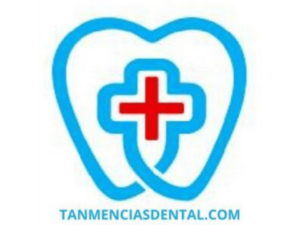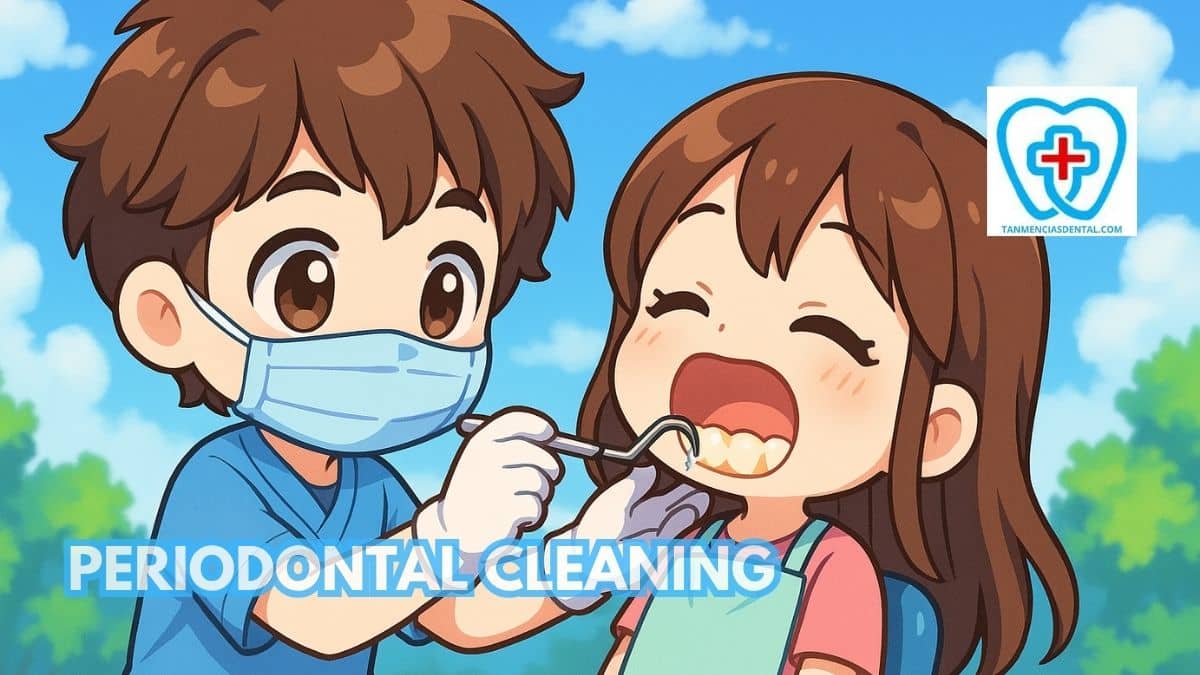Regular dental cleaning helps prevent dental issues by removing plaque and tartar from teeth.
Periodontal cleaning, on the other hand, treats serious gum problems.
Gum disease, if left untreated, can damage teeth and gums over time.
Knowing the difference between these cleanings helps you decide the right care you need.
Both are important but serve different purposes in dental health.
1. Definition of Regular Cleaning Vs. Periodontal Cleaning
Regular dental cleaning, or prophylaxis, is a routine procedure to remove surface plaque and tartar from teeth.
This procedure helps keep teeth clean and prevents dental issues from developing.
Periodontal cleaning, also called scaling and root planing, is more involved.
It includes deep cleaning below the gumline to remove hidden plaque and tartar.
This deeper cleaning is needed when gum disease has started to damage the gums.
🦷 Is Dental Deep Cleaning Necessary?
2. Purpose: Prevention Vs. Treatment of Gum Disease
The main purpose of regular cleaning is to keep teeth and gums healthy and prevent future dental problems.
This kind of cleaning works best when gums are already healthy and helps avoid the start of disease.
Periodontal cleaning aims to treat and stop gum disease that is already present.
The treatment removes harmful bacteria and tartar to help the gums recover.
Each cleaning is meant to either prevent or directly deal with a dental issue.
🦷 Can Electric Toothbrushes Damage Gums?
3. Cleaning Depth: Above Gumline Vs. Above and Below Gumline
Regular dental cleanings target plaque and tartar on visible tooth surfaces above the gumline.
Dental hygienists thoroughly polish and clean teeth, focusing mainly on areas easy to reach.
Periodontal cleanings clean both above and below the gumline.
Special tools reach deep into the spaces between teeth and gums to remove hidden tartar and bacteria.
This deeper level of cleaning helps treat gum disease effectively.
🦷 Why Do Some Patients Struggle With Periodontal Maintenance Compliance?
4. Instruments and Techniques Used for Each Procedure
For regular dental cleaning, hygienists typically use simple instruments like scalers and polishing tools.
These tools effectively remove surface plaque and tartar without causing discomfort.
Periodontal cleaning uses special instruments, such as ultrasonic scalers, that gently vibrate to remove hard tartar beneath the gums.
Hand instruments called curettes may also be used to smooth root surfaces.
Each method and tool matches the cleaning’s purpose and depth required.
🦷 How to Find an Affordable Dentist in Your Area Without Compromising Quality
5. Patient Comfort and Anesthesia Requirements
Regular dental cleanings usually cause very little discomfort, so no anesthesia is necessary.
Patients can typically relax comfortably during the process.
Periodontal cleanings, however, can feel uncomfortable due to deeper cleaning below the gums.
Dentists often use local anesthesia to numb the gums during periodontal cleanings.
This ensures the procedure is comfortable and pain-free for the patient.
🦷 Why Choosing a Family Orthodontist Is the Best Decision for Your Smile
6. Signs Indicating the Need for Each Type of Cleaning
Regular cleaning suits individuals who show no signs of gum disease, with healthy gums and no bleeding.
If gums become red, swollen, painful, or bleed during brushing, periodontal cleaning might be needed.
Persistent bad breath or a bad taste in the mouth can also signal gum disease.
Noticing these signs early can help you get timely treatment.
Checking regularly for these symptoms helps keep your teeth healthy.
🦷 Knowing the Difference Between Periodontitis and Gingivitis
7. Recommended Frequency and Follow-Up Visits
Regular dental cleanings typically happen every six months to help prevent dental issues.
Dentists recommend these visits to maintain overall oral health and hygiene.
Periodontal cleanings usually require visits more often, typically every three or four months, to monitor and control gum disease effectively.
Frequent visits ensure that the gums are healing properly and staying healthy.
Following the recommended schedule is key to good dental health.
🦷 How to Find Affordable Dental Implants Without Sacrificing Quality
8. Treatment Goals: Maintaining Health Vs. Healing Gums
The main goal of regular cleaning is to maintain healthy teeth and gums by regularly removing plaque buildup.
Keeping teeth clean and free from tartar helps prevent disease before it starts.
Periodontal cleaning specifically aims to heal gums already damaged by gum disease.
It removes harmful buildup deep beneath the gums to help the gums recover.
The two cleanings have clearly different health objectives.
🦷 Can a Tooth Jacket Improve Both the Function and Appearance of Your Teeth?
9. Aftercare and Recovery Differences
After a regular dental cleaning, patients can usually return immediately to normal activities without special instructions.
Brushing and flossing regularly after the visit helps maintain clean teeth.
Periodontal cleaning, however, often requires more detailed aftercare instructions, such as using special mouth rinses or careful brushing techniques.
Patients may experience mild soreness or sensitivity following periodontal treatment.
Following specific aftercare advice helps gums heal quickly.
🦷 Brush Up on Sustainability: The Best Eco-Friendly Toothbrushes
10. Impact on Oral and Overall Health
Regular dental cleanings contribute to good oral health by preventing tooth decay and gum disease.
Maintaining healthy gums reduces risks for oral problems and keeps your smile bright.
Periodontal cleanings have a broader impact because they treat gum infections, which can influence overall health conditions like heart disease or diabetes.
Removing bacteria and controlling gum disease helps protect your overall health.
Regular dental care plays an important role in overall well-being.
🦷 Your Neighborhood Dentist in Marikina
👨⚕️ Conclusion
Knowing how periodontal cleaning differs from regular cleaning can help you make informed decisions about your dental health.
Each type of cleaning has its own importance and purpose in maintaining healthy teeth and gums.
Regular dental checkups can help determine which type of cleaning you may need.
Keeping your gums healthy through appropriate care helps you avoid more serious health issues.
Staying informed and communicating clearly with your dentist ensures good oral health.
😊 Self-Promotion
Visit us at Tan-Mencias Dental Clinic, located at 44 G. Del Pilar Street, Parang, Marikina City, for your dental care needs.
We’re here to help you keep your smile clean, healthy, and strong.
You can call us at 0917-145-1074 if you have any questions or want to book an appointment.
Feel free to send us a message through our Facebook page or use the contact form on our website.
We’d love to hear from you and help you feel more confident with your smile!

